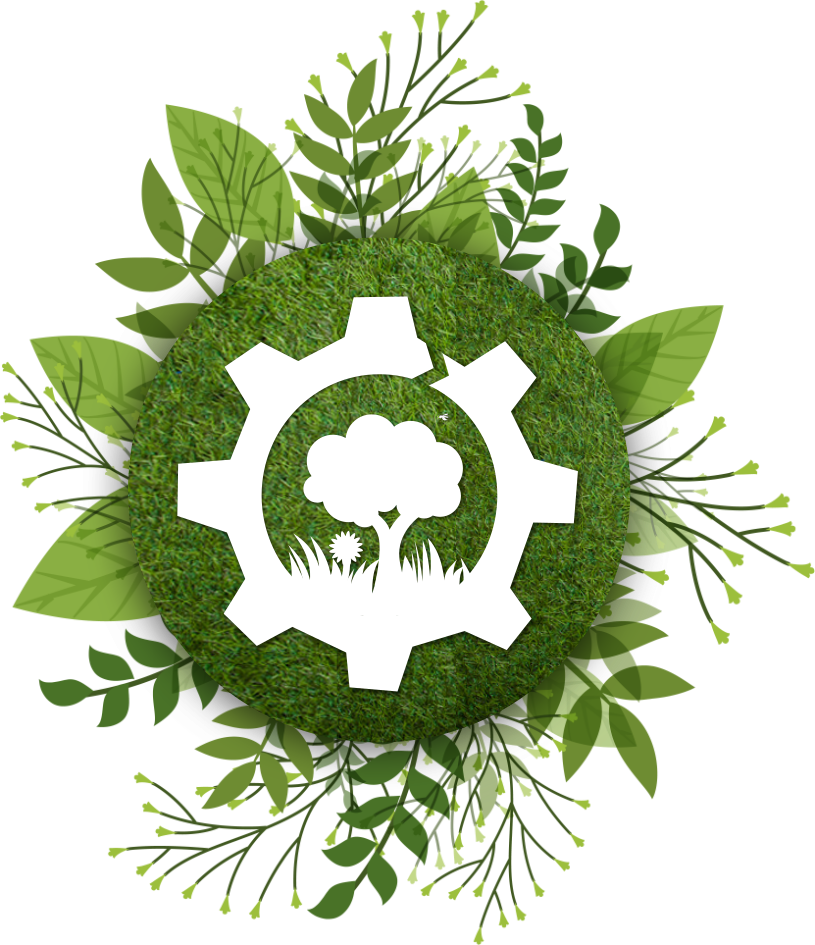MULCH, MULCH, MULCH
Why Mulch?
Mulch instantly adds rich color and a manicured look to your landscape beds, along the foundation of your home, around trees and shrubs, and between garden beds. Colored mulches also do a wonderful job of complementing the hues of both your home and flower gardens. Mulch also....
Improves the soil
Wood mulches and mulches made from other organic materials improve the soil as they break down. Microbes and insects in the soil naturally consume the mulch over time, adding the by-products back to the soil in the form of organic matter..
Protects against temperature changes
Mulch acts as an insulator, helping to regulate soil temperature to keep plant roots cool in the summer and warm in the winter. Mulching is especially important for new plantings done in the fall that are still tender as temperatures begin to plummet.
Conserves moisture
When you mulch you can spend less time watering. Mulch helps slow moisture evaporation so more water remains in the soil and available to thirsty plant roots.
Helps prevents weeds
A 2 to 3-inch layer of mulch naturally helps prevents weed from sprouting and taking over the landscape by blocking their growth and access to sunlight.
What Type and Color?
Mulches can be made of many different materials—there are wood mulches, rock mulches, and synthetic mulches. To get the benefit of improving the soil (in addition to the rest of the mulch benefits), you'll want to select a wood mulch variety over synthetic mulches like rubber.
When choosing a mulch color, pick a hue that accents or coordinates with your home. Brick houses look great with brown or red mulch colors. The darker the mulch color, the better brightly colored flowers will stand out in your design. Remember, though, that black mulches tend to reflect heat, so choose a lighter color if you live in a warm region and are concerned with overheating your plants
How Much Mulch?
Two or three inches is typically an effective depth for most vegetable gardens or flower beds. Now take the square footage of your bed and multiply by your desired depth. Using an example of a 300 Sq Foot bed and shooting for a 3-inch depth (0.25 feet), the total amount of mulch needed would be 300*0.25 = 75 cubic feet.
And When to Mulch...
The best time of year to apply mulch is in early to mid-spring, and again in the fall. Mulching the garden in spring gives everything a fresh look and helps prepare the soil for the growing season ahead. Getting ahead of the emerging spring weeds is ideal, thwarting their efforts to pop up as the soil warms
When it comes to sprucing up your landscape and improving your plants' environment in a short period of time, adding mulch is a simple and speedy solution.








Comments